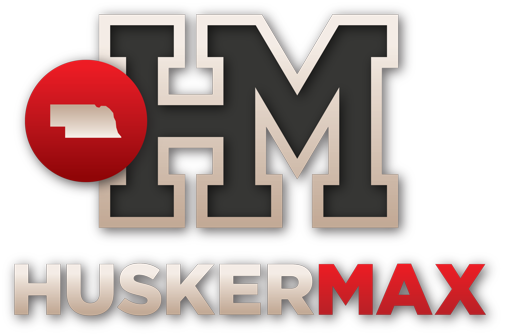I put together the table below to break down the following: (1) driving distances (per Google) for Big Ten members to the Top 50 Metropolitan Statistical Areas (MSAs); and, (2) estimated population within a 500 mile radius of the city where each Big Ten campus is located. Most Nebraska football fans already know recruiting is not a level playing field, especially when it comes to population and geography. However, I wanted to try and quantify the disparity, at least at a high level. Putting this together was an iterative process and took a lot of iterations -- so I hope you find this interesting and somewhat informative.
First, few items:
1. 2019 population data was used. It is the most recent data currently available.
2. There are 372 MSAs defined by the US Office of Management and Budget (OMB). The 2019 estimated population of the top 50 MSAs account for @55% of the 2019 estimated US population (328.2M), per the US Census Bureau.
3. The 2019 population estimates within a 500 mile radius for each Big Ten member city was compiled by StatsAmerica, a service of Indiana Business Research Center at Indiana University's Kelley School of Business (funded in part by U.S. Commerce Department Economic Development Administration). Keep in mind total population figures are negatively affected by the presence of large bodies of water and foreign countries within the 500 mile radius.
4. Data for Nebraska is in Column L.
5. Row 61 applies to the Top 25 MSAs only. Per cell C61, there are 3 Top 25 MSAs within 500 miles of Lincoln, NE: Minneapolis-St. Paul-Bloomington, Denver-Aurora-Lakewood, and St. Louis (MO & IL). Note the yellow highlighted cells.
6. Row 62 includes totals from the Top 50 MSAs that satisfied the criteria. Per cell C62, there are 5 Top 50 MSAs within 500 miles of Lincoln, NE: In addition to the 3 above, add Kansas City (MO & KS) and Oklahoma City. Note the yellow highlighted cells.
7. The "Big Four" states that produce the largest share of recruits are Florida, Texas, California and Georgia. These 4 states are far and away the leaders in top HS football talent. North Carolina, Louisiana and Ohio comprise the next tier, but those 3 states are way behind the Big Four. Hence, I have singled out driving distances to Top 50 MSAs that are in Big Four states in Rows 67-69. Overall, SEC, Big XII, ACC and Pac 12 programs have a clear advantage in terms of proximity to Big Four talent.
8. Finally, for perspective, I have also included Colorado and Utah. If you think Nebraska has it tough, think again.

First, few items:
1. 2019 population data was used. It is the most recent data currently available.
2. There are 372 MSAs defined by the US Office of Management and Budget (OMB). The 2019 estimated population of the top 50 MSAs account for @55% of the 2019 estimated US population (328.2M), per the US Census Bureau.
3. The 2019 population estimates within a 500 mile radius for each Big Ten member city was compiled by StatsAmerica, a service of Indiana Business Research Center at Indiana University's Kelley School of Business (funded in part by U.S. Commerce Department Economic Development Administration). Keep in mind total population figures are negatively affected by the presence of large bodies of water and foreign countries within the 500 mile radius.
4. Data for Nebraska is in Column L.
5. Row 61 applies to the Top 25 MSAs only. Per cell C61, there are 3 Top 25 MSAs within 500 miles of Lincoln, NE: Minneapolis-St. Paul-Bloomington, Denver-Aurora-Lakewood, and St. Louis (MO & IL). Note the yellow highlighted cells.
6. Row 62 includes totals from the Top 50 MSAs that satisfied the criteria. Per cell C62, there are 5 Top 50 MSAs within 500 miles of Lincoln, NE: In addition to the 3 above, add Kansas City (MO & KS) and Oklahoma City. Note the yellow highlighted cells.
7. The "Big Four" states that produce the largest share of recruits are Florida, Texas, California and Georgia. These 4 states are far and away the leaders in top HS football talent. North Carolina, Louisiana and Ohio comprise the next tier, but those 3 states are way behind the Big Four. Hence, I have singled out driving distances to Top 50 MSAs that are in Big Four states in Rows 67-69. Overall, SEC, Big XII, ACC and Pac 12 programs have a clear advantage in terms of proximity to Big Four talent.
8. Finally, for perspective, I have also included Colorado and Utah. If you think Nebraska has it tough, think again.
Last edited:




